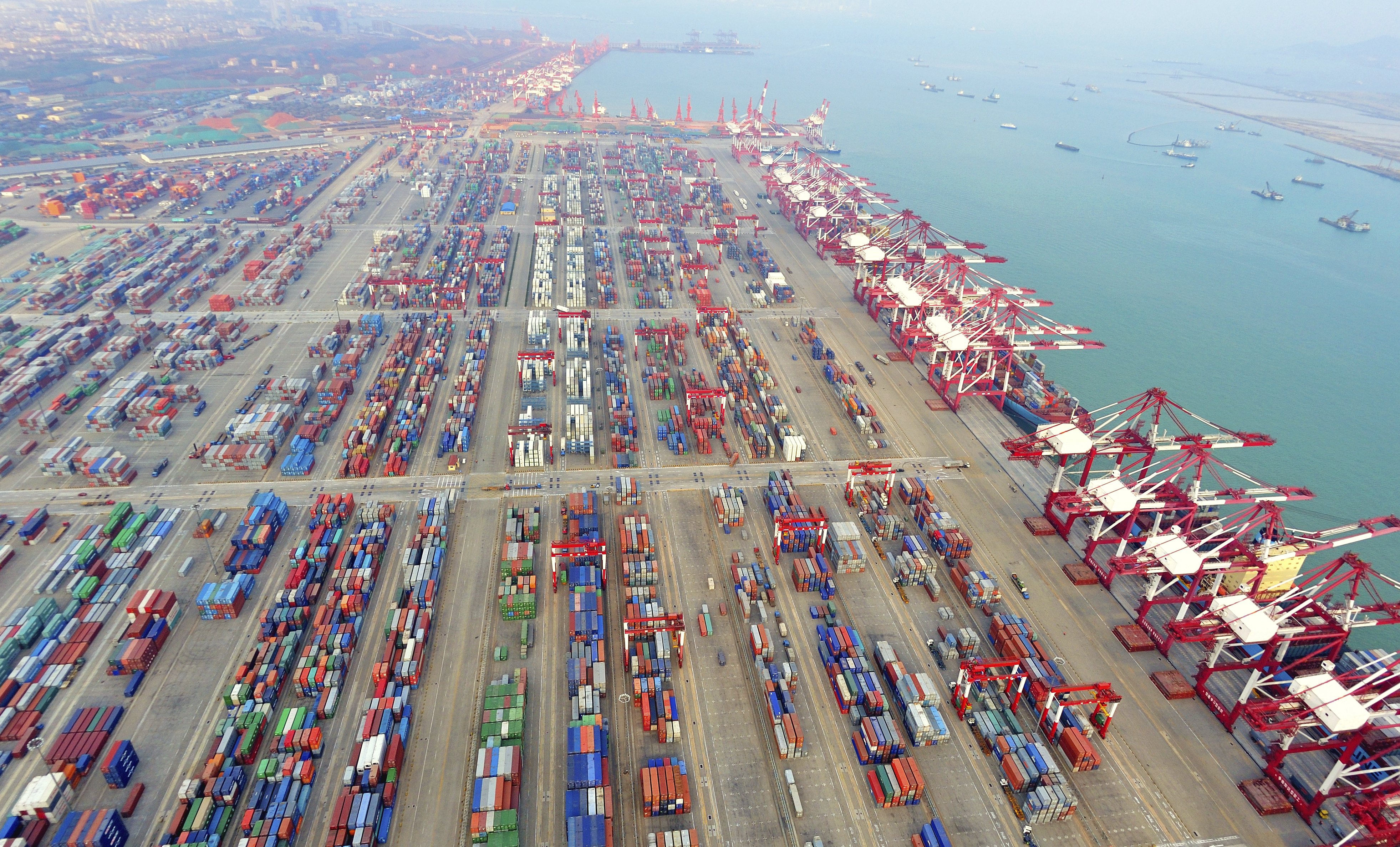As readers of BC Shipping News were enjoying the Canada Day long-weekend, trade officials from nine countries were meeting in San Diego for the 13th Trans Pacific Partnership (TPP) negotiating round. On June 20, the day immediately after Ottawa had been invited to join these free trade talks, there was a spat of initial media coverage of the demands from the United States, Australia and New Zealand for unfettered access to Canada’s highly protected dairy and poultry markets. Surely there was more to this trade file than the prospect of cheep beef, dairy and poultry to grace and festoon our summer barbeques and plates.
In this article, Darryl Anderson of Wave Point Consulting sheds light on “where’s the beef” in terms of both the political agenda and substance behind Canada’s entry into the Trans Pacific Partnership.
Trans Pacific Partnership & the Asia Pacific Gateway
While it may be comforting for those in the transport and business community to think that the Asia Pacific Gateway represents a single cohesive Canadian strategy towards Asia, analysis of international trade developments suggest that a more nuanced and multi-track trade policy would be appropriate since a great deal of our existing trade occurs with fast-growing countries outside of the TPP process. By coming late to the TPP forum Canada has perhaps missed an opportunity to influence the negotiating process whereby other APEC countries could have been enticed to join. Members of the B.C. port and shipping community should no doubt support the TPP initiative since it has important implications for future global supply chains. However, we must hold federal politicians accountable for delivering results in markets that will yield both intermediate and long-term benefits for exports and imports.

